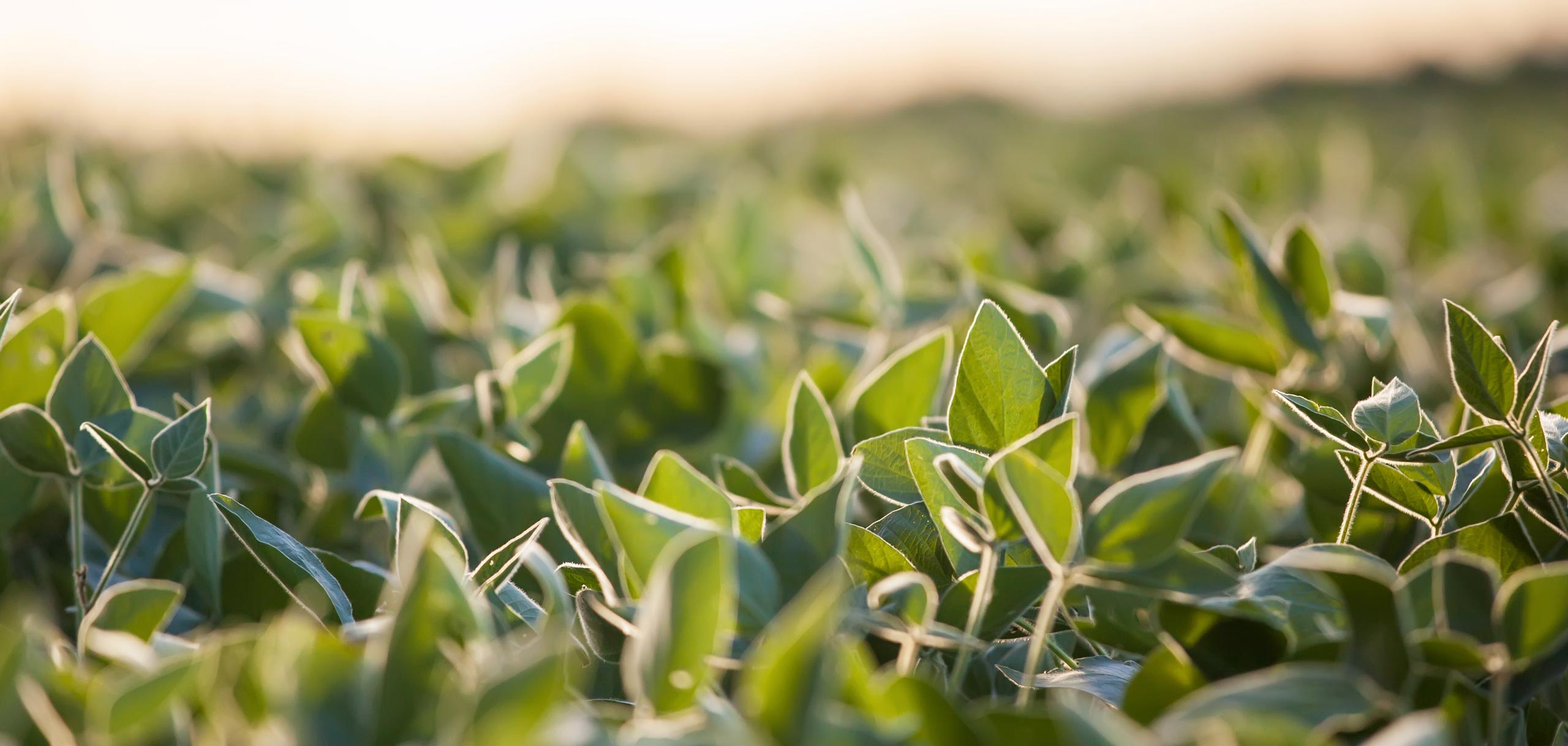USSEC Participates in All India Seminar on Oil Seeds, Oil Trade and Industry
- Category:
- General News


Every year, USSEC India attends the “All India Seminar on Oil Seeds, Oil Trade and Industry” to connect to the oil industry and get updated on tech and trade issues. The national event is organized by the Central Organization for Oil Industry and Trade (COIT) in New Delhi and about 500 participants representing the oil industry, trade, brokers, academics, nutritionists, doctors and other connected stakeholders from throughout the country attend. The seminar was inaugurated by the Chief Minister of Delhi in the presence of the Minister for Agriculture and Food Processing, and a wide audience from the Indian government and authorities representing the oil trade and industry were also present.
There were important deliberations on palm, mustard, soy, olive, rice bran and other edible oils. Nine types of oil seeds are produced in India.
Over the past few consecutive years, there has been a decline in the annual production of Indian oil seeds. Domestic oil seed crushing units are operating at just 40 to 45 percent of installed capacity because of the country's reduced supply of oil seeds. The total production of oilseeds as per the government’s estimate for 2014-15 dropped to 26.68 million tons from 32.7 million tons the previous year and was spread over an area of 25.1 million hectares, giving an average yield of 940 kilograms per hectare.
India is a major importer of vegetable oils, which are one of the top five imports after commodities such as crude oil and gold. Almost 74 percent of the 21 million tons of vegetable oil used in the country is imported. The chief imports are palm (9.5 million tons), soy (4.2 million tons), sunflower (1.5 million tons) and canola (0.3 million tons). Consumption is estimated at 20.8 million tons. India’s imports have soared by more than 50 percent in the last five years. Palm oil tonnage has increased by only 25 percent during these five years.
There is a significant uptrend with soy oil imports. Because of the narrowing price gap between palm and soy oil, experts in the trade predict that soy oil will be indispensable in 2016, providing opportunity for U.S. soy oil in India.
Taking the advantage of this event, USSEC Director-India Food Program Ratan Sharma created interest about the benefits of soy oil and its potential in India with the trade and oil utilization bodies. Dr. Sharma indicated that the price difference between soy and palm oil could narrow in the coming months, allowing those who consume the latter to shift to soy, which is a higher quality cooking medium. The spread could narrow because palm production is lower than that of soy this year. If oil prices fall, soy will decline more sharply than palm, and if they rise, palm will outstrip soy’s rise. USSEC India plans to look at soy oil opportunities more closely and build some strategies to utilize this trend.